Description
Mane ou is a love story from the son of one of the noble and old families of Tehran in the decade 1310-1320 solar. The love of the child of a rich family, the Fatah family, to the daughter of a family who serve this family. The important point here is that the view of the first character of the story and the person who educated him, due to Amirkhani’s view of morality, is very human. Amirkhani again shows that the value of man, whether rich like Fattah’s family or like Alexander’s family, in terms of relatively poor financial level, is his humanity and not the amount of his wealth, and Amirkhani believes this not in direct words and phrases but in behavior and The routine of the Fattah family is transmitted to the reader.
Introducing this book by Reza Amirkhani
In all these years of talking about the catastrophic per capita reading in Iran, Reza Amirkhani has been almost the only writer for people to line up to buy his latest book (RHS) on the first day of its publication. Although the number of eager people standing in line may be smaller than the number of people queuing abroad for a particular book, this in itself is an interesting and thought-provoking phenomenon at a time when Iranian reading statistics are very disturbing. . It must be studied in this case, the subject must be analyzed, written, if it was necessary to hold a roundtable, what has Amirkhani done during these years that his audience is so eager to read his new book? Or what parameters should other writers consider in order to encourage the Iranian audience to read as much as possible?
An art called telling story
With this introduction, we go to the review of his book, one of the most famous novels of Reza Amirkhani. His hallmark, like other novels by this author, is storytelling. Undoubtedly, in order for the author to be able to attract the audience, his book must tell a good story and be able to satisfy the human desire to hear a story that has been with him for thousands of years. Amirkhani knows the way of telling a story well. He knows where to start, how to introduce the audience to his characters, how to fascinate the reader without wanting to make them heroes.
They are really fascinated. With all their good and bad and their weaknesses. In Amirkhani stories, morality and humanity are very important. The main characters in Amirkhani’s books are mostly good people. They may make small or big mistakes, but they are good people anyway. This makes the reader more involved with the character and what happens to him. It makes ordinary people identify more with the characters and eventually become interested in them.
Of course, it is necessary to mention that Amirkhani seems to be one of those artists who is more inclined to show goodness. It cannot be said that this is necessarily a negative point. Because in many genres of fiction, especially poetry, and consequently the music that feeds on these poems, generally emphasizes the expression of goodness, moral and human points, and less on the blackness and filth that in any society and in any There is a historical period, it pays.
Amirkhani’s stories are not completely the same (there are examples of violations in Qeydar or me, for example …) to some extent. This may be due to Amirkhani’s personal characteristic that he tends to see the beauties of the human race. He values human existence above all else. It so happens that not only does he not criticize the Iranian dancers living in the United States (burning the character in Bioton’s book), but he also shows his beautiful and human face to emphasize that the human being is more important than his ideas.
However, such an issue can sometimes be challenging for the author. Especially for an audience that reads several books by Amirkhani, the challenge is that he likes to see more diverse characters in Amirkhani’s story. Where among the main characters, there is no news of negative people. If so, he is merely a minor character. So it seems that Amirkhani, as a leading writer, should think about the diverse tastes of a part of his audience. Such an idea may even be in the form of a change of genre or small changes in the narrative style.
مَن او; A love story
The characters in Amirkhani’s novels – like himself – are often religious. But these ideas do not lead either Amirkhani himself or the characters in his story into hypocrisy. Whatever they are, they are real. Like Amirkhani himself, whatever he is, he is himself. As for the name of my book, at first glance it seems that we are dealing with a special name and a sign of a deep meaning. Amirkhani, however, simply tells the truth instead of using the wave that could have created the name of this book, that when he was writing a book with his old computer in the late seventies, due to the low memory of those old computers and On the advice of a friend, saves each chapter in a file; Since the name of each chapter is as follows: one me, one he, two me, two him, and so on, and finally puts all the files in one folder, it names this folder me-he, and the name of the book It can be me too. There is simply no news of a strange and mystical name, as the author himself says.
Another highlight is the author’s mastery of the environment. He knows the city – Tehran – well. This is quite clear from the descriptions he gives of old Tehran in Qeydar and Man. He dominates the description of the city, both in terms of the appearance of the city and in terms of cultural issues. It is said that when he wrote me, he devoted about two years of his life to studying old Tehran. Such information has caused him not to neglect even the smallest details. Also in terms of the dialect of the people in old Tehran, he has tried to make the way the characters speak appropriate to the time period related to the story.
It is worth mentioning that his story, while its main theme is love, deals with other issues during the story without trying to interrupt the story. For example, considering that the beginning of the story takes place during the reign of Reza Shah Pahlavi, he criticizes the policy of revealing the hijab and the challenge that religious families face in the meantime, and the interesting point is that the characters of the story, in order to stay safe Because of such challenges, they migrate to a western country, France.
The point that can be seen in Amirkhani’s other book, Bioten (where the main character of the story, a veteran of the Iran-Iraq war front, migrates there to marry and live with an Iranian girl living in the United States), is that Amirkhani somehow Indirectly tries to emphasize that people all over the world are people, and despite cultural differences, the human dimension and commonalities of people in all countries is indisputable, and such a view – if those in power around the world believe in it. – It can help promote peace in the world.
Another subject that the author brings up during the story is the story of Ali Fattah dealing with the revolutionaries of the Algerian independence movement. Here the author seems to be trying to show that the end of a dictatorship – whether of its Algerian type or of its Pahlavi and Iranian type – is doomed to failure and collapse. (If the Algerian independence movement finally won in 1962 against French colonization)
But perhaps the most important part of the story is the relationship between the first character, Ali Fattah, and a dervishes named Mustafa. A dervish who is a symbol of truth, awareness and knowledge, while believing in religion (mentioning him constantly or with the help of Ali), emphasizes morality and teaches Ali a lesson as a teacher throughout the story. The point that comes to mind here is that the author criticizes the society spiritually and believes that what is in the Iranian family (whose best may be similar to the Fattah family) and especially the school and the outdoors, as it should be He has not been able to raise his children spiritually.
As this role in my story is the responsibility of a Sufi and a dervishes who died in a way that does not fit into the social framework of today’s society. In addition to the purity of the dervishes, the author emphasizes his knowledge and uses this knowledge to bring Ali Fattah as much as possible to the spirituality that seems to be his talent.
The author also concludes his romantic theme in the style of mythical love, and with the help of a well-calculated surprise, answers most of the reader’s questions in a brick oven, a place to bake.
About the author of his novel Man
The fact that Reza Amirkhani is said to have mastered the description of Tehran is naturally due to the fact that he has spent almost his entire life (he has lived in the United States for several years) in this city. Born in 1973 in Tehran, in the 25 Shahrivar neighborhood (now Haft Tir Square), he spent his middle and high school years in one of the best schools in Tehran, namely Allameh Hilli High School in Tehran, and his bachelor’s degree was again in one of the well-known The most universities in the country, namely Sharif University of Technology, also studied in a field that is completely unrelated to its work, namely engineering.
Amirkhani has written and published various books in various fields during the years after 1374, when he released his first book, Jeremiah, the list of which is as follows:
– Jeremiah (novel, 1374), Surah Mehr Publications
– Nasser Armani (Story Collection, 1999), Neystan Book Publishing
– Azbeh (Long Story, 2001), Neystan Book Publishing
– The story of Sistan (Safarnameh, 2003), Ghadyani Publications
– Leakage of seedlings (long article, 2005), Ghadyani Publications
– Bioten (novel, 2008), Alam Publications
– Headlines (Scattered collection of notes from 1381 to 1384 – 88)
– Nafhat Naft (2010), Ofogh Publishing
– Janestan Kabulistan (2011), Ofogh Publishing
Qeydar (2012), Ofogh Publishing
– Release (novel, winter 2017), Ofogh Publishing
It should be noted that Amirkhani was the editor-in-chief of the Loh Organ website for writers of sustainability literature from 2002 to 2005. From 2005 to 2007, he was the chairman of the board of the Iranian Pen Association.
Also, some of the awards and successes that Amirkhani has encountered due to his works in recent years are as follows:
1) The book of Jeremiah selected by the Festival of 20 Years of Holy Defense and praised in the first period of the Mehr Festival and the second festival of the Holy Defense
2) My book, which was praised in the second Mehr Festival and is one of the three selected books by press critics and the three selected books of 2000.
3) Qeydar’s book selected for the story section of the twenty-second edition of the Chapter Book Award
4) The book Nafhat Naft is a worthy work of appreciation of the 10th Jalal Al-Ahmad Literary Award in the special section
5) Rahesh book, the selected work of the 11th Jalal Al-Ahmad Literary Award in the category of novels and long stories
6) Book of the Year of the Islamic Republic of Iran
7) The award of the 36th Book of the Year of the Islamic Republic of Iran in the literature category, 1397
It is worth mentioning that among Amirkhani’s novels, Bioten and Mann have attracted the attention and interest of the audience more than his other works. Amirkhani’s books have caused the audience’s expectations of him to increase dramatically in recent years, and this makes his job very difficult. So much so that a significant portion of the audience of Amirkhani’s last book (R.H.H.), who happened to be listening for a long time to when this book was published and published, were not as satisfied with his last book as they should have been. The fact that this has happened to many artists, from filmmakers to writers, etc., reinforces the need for Amirkhani to write his next book with much greater care, focus and sensitivity.
Related books
1- Introducing this book on YouTube
2- Introducing this book in Aparat

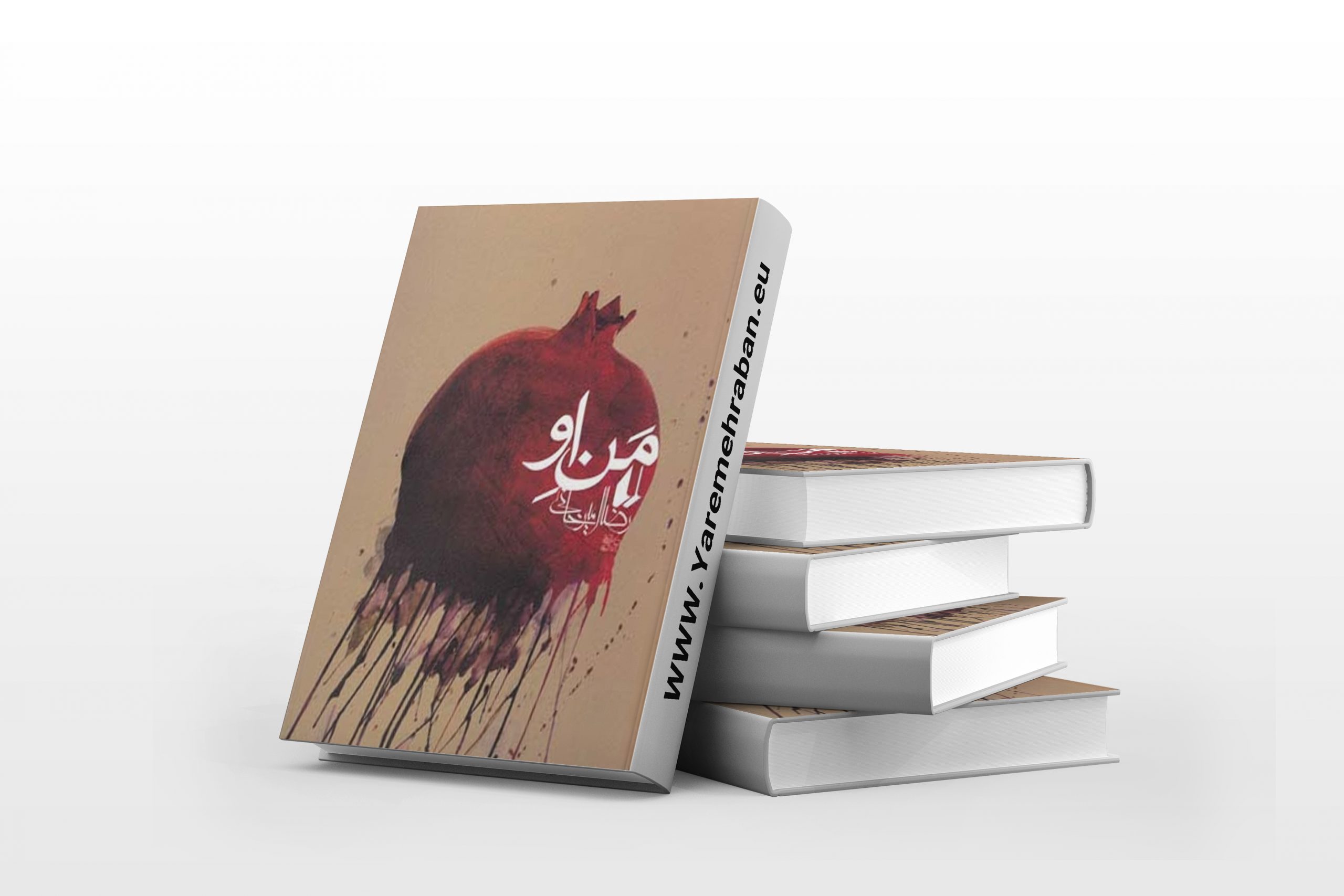




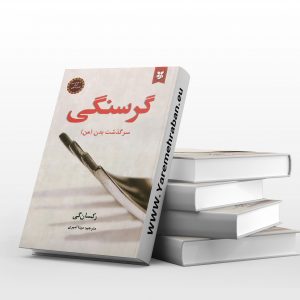

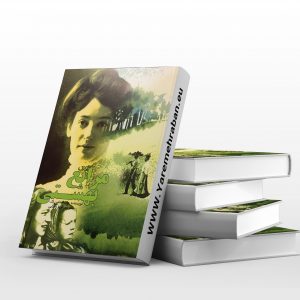
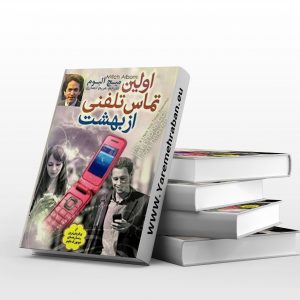


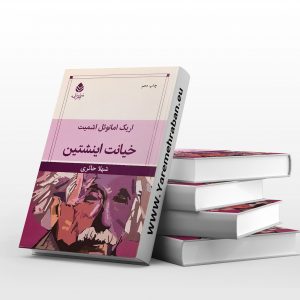

Reviews
There are no reviews yet.